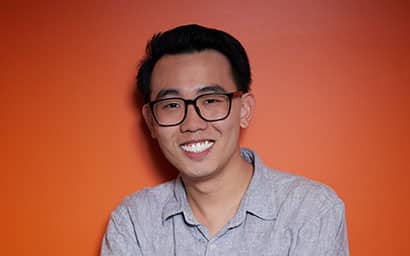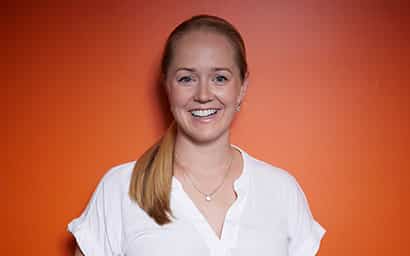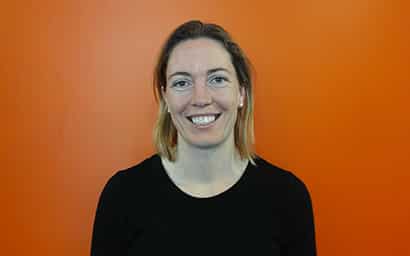From robotics and exoskeletons to eye-gaze technology and implants, many things that seemed impossible a generation ago are now a reality and already making a huge difference for people with CP and their families.
Our team of engineers, therapists and researchers are advancing hugely exciting projects to further unlock the future of assistive technology to make positive change on an emotional, physical and intellectual level by breaking down barriers to communicate, move and participate.
Assistive technology holds the promise of an exciting future for people with CP. Robots will be able to help with tasks, and exoskeleton suits will provide strength and the ability to exercise. People with CP and other non-degenerative disabilities will be able to choose to have an array of cochlear-like implants like to wirelessly reconnect their muscles and communications devices to raise their voices – this is the future we’re working towards.
"Innovative technology can facilitate greater participation, inclusion and independence for people with disability” - Dr Petra Karlsson, Technology Program Lead, Cerebral Palsy Alliance
Help transform lives by supporting cerebral palsy research. Your donation brings hope and progress to those in need.






What we're working on:
Did you know less than 1 in 3 children with cerebral palsy are able to participate in formal cognitive assessments due to communication challenges? To increase accessibility of these valuable thinking skills assessments, we have adapted a number of assessment tools that can be administered via switch and eye-gaze control technologies.
We now invite children aged between 5 and 15 years, currently using switch and eye-gaze technology, to help us test accessibility of these tools for children with motor and speech impairment.
If you or your child want to get involved, or read more information, please contact Dr Petra Karlsson at pkarlsson@cerebralpalsy.org.au or 0447 508 661
This product is designed to provide people with cerebral palsy who use assistive technology for communication, and their clinicians, access to easily set up two-way tele- rehabilitation for remote learning and therapy sessions.
CPA is collaborating with the Chinese University of Hong Kong utilising pneumatic actuators as a ‘soft exoskeleton’ to assist with different movements (such as walking or sit to stand) for children with cerebral palsy. Inflatable cuffs are place around the knees, and when inflated, assist the child to stand up and walk.
We are investigating the perspective of people with CP on increasing accessibility for driving and transport. We are asking their opinions on car modifications and self-driving autonomous vehicles to better understand how researchers and manufacturers can improve the driving experience for people with CP.
Transfer Systems is a company which has recently released the MODEL ONE, a new way to transfer people. This is a novel design in which the machine lifts the user from below on an inflatable mattress while on a fixed base, removing rolling resistance. Swinging/dynamic forces are removed, allowing for precise placement of the user from one place to another. The machine can be used for sit-to-stand transfers, lateral transfers, and more.
We are looking at modifying toys to better suit the needs of children with disabilities. We currently have multiple engineering honours students adapting different toys, including an accessible busy board and a touch-free instrument.
Projects we've completed:
What we're working on:
Projects we've completed: